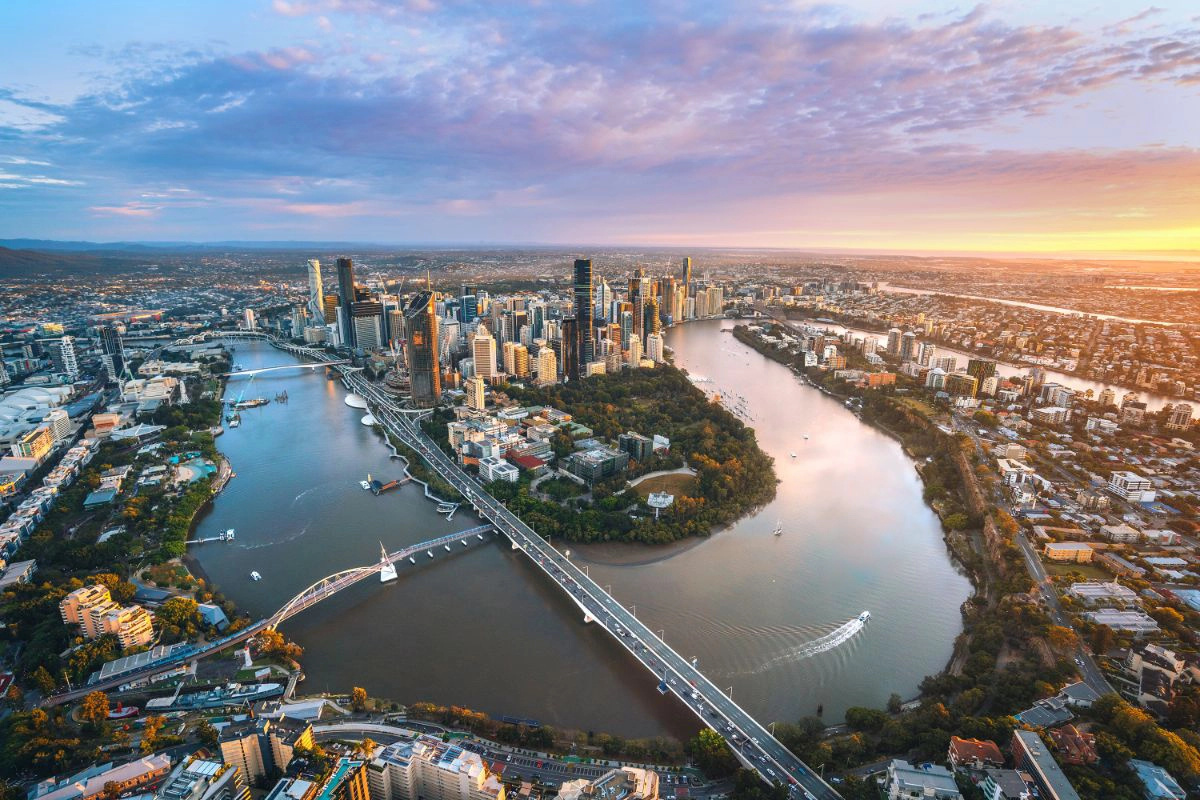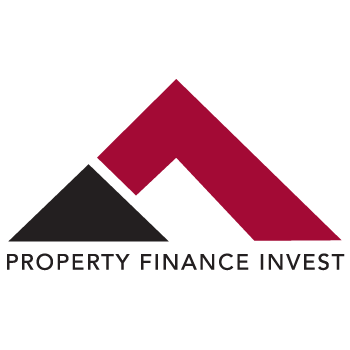
02 Aug Brisbane on the Radar: Why Investors and Rentvestors Are Targeting Queensland’s Capital in 2025
How Brisbane’s Infrastructure and Affordability Are Driving Investor Demand
Brisbane continues to make waves in Australia’s property landscape, rapidly emerging as a preferred market for both traditional investors and a growing cohort of rentvestors. As affordability pressures tighten across Sydney and Melbourne, and rental conditions remain challenging nationwide, many are turning to the Queensland capital to secure high-yield opportunities and long-term capital growth.
In 2025, Brisbane’s performance is being shaped by strong interstate migration, large-scale infrastructure investment, and a steadily tightening rental market. For investors, these factors are combining to create a window of opportunity—particularly in select growth suburbs offering solid returns and value-driven entry points.
This article explores the key reasons behind Brisbane’s growing popularity among investors and rentvestors, where the current demand is strongest, and how market fundamentals are supporting continued momentum in the city’s housing sector.
The Rise of the Rentvestor
The rentvesting trend has gained considerable traction in recent years, as aspiring homeowners seek to enter the property market without sacrificing lifestyle or financial flexibility. In essence, rentvestors choose to rent where they want to live—typically in higher-priced, well-located areas—while purchasing investment properties in more affordable growth markets.

Brisbane has emerged as one of the top cities targeted by rentvestors in 2025, driven by its:
- Lower entry price point compared to Sydney and Melbourne
- Solid capital growth forecasts
- Strong rental yields
- Favourable economic and population growth trends
With median dwelling prices in Brisbane still well below those of other capital cities, rentvestors are finding they can secure assets in desirable suburbs without overextending financially.
What’s Attracting Investors to Brisbane?
Beyond the appeal for rentvestors, Brisbane is proving equally attractive to traditional investors seeking stable returns and long-term capital growth. Several market forces are underpinning the city’s investment credentials.
1. Affordable Entry Point
Despite ongoing price growth, Brisbane remains significantly more affordable than Sydney and Melbourne. As of mid-2025, CoreLogic data shows the median dwelling price in Brisbane sits at approximately $786,000—compared to over $1 million in Sydney.
This lower barrier to entry allows investors to purchase houses or townhouses in desirable, well-located suburbs without the financial burden associated with east coast capitals.
2. High Rental Demand and Strong Yields
Brisbane’s rental market continues to tighten, with vacancy rates hovering below 1% in many suburbs. This supply shortage is pushing weekly rents higher, with annual rental growth across the city averaging 8–10% in the last year.
Gross rental yields in Brisbane typically range between 4.5% and 5.5%, with some outer-ring suburbs delivering even higher figures—an appealing metric for yield-focused investors navigating a high-interest-rate environment.
3. Major Infrastructure Investment
Brisbane’s property market is being buoyed by more than just affordability. Large-scale infrastructure projects are reshaping the city, increasing connectivity, boosting employment, and enhancing urban liveability.
Key projects include:
- Cross River Rail: A transformative transport project improving access across the city and reducing commute times.
- Brisbane Metro: A high-frequency public transport system supporting population growth and CBD revitalisation.
- Queens Wharf Development: A multi-billion-dollar tourism, hospitality, and entertainment precinct in the city centre.
- Brisbane 2032 Olympics Preparations: Upgrades to sports, transport, and public facilities are accelerating growth in key areas well ahead of the Games.
These projects are not only stimulating employment but also increasing the appeal of targeted growth corridors—particularly for investors taking a long-term view.
Suburbs on the Rise
While Brisbane’s growth is citywide, certain suburbs are standing out due to their affordability, access to infrastructure, and rising demand.
1. Logan Region
Located between Brisbane and the Gold Coast, Logan suburbs such as Marsden, Crestmead, and Loganlea are seeing strong investor interest. These areas offer lower price points, excellent transport access, and growing family populations.
- Median house price: Approx. $540,000–$580,000
- Gross rental yields: Up to 6.0%
2. Moreton Bay Region
Suburbs north of Brisbane such as Caboolture, Morayfield, and Burpengary are attracting attention due to the expansion of the Bruce Highway, industrial activity, and lifestyle appeal.
- Median house price: Approx. $600,000
- Rental demand: High, with strong appeal to young families and renters priced out of inner-Brisbane
3. Inner-Metro Fringe (Woolloongabba, Dutton Park)
With the Cross River Rail and Olympic infrastructure on the doorstep, inner-south suburbs like Woolloongabba are poised for significant transformation. These areas are attracting a mix of investors targeting long-term capital appreciation and higher-density opportunities.
- Median unit price: Approx. $580,000–$620,000
- Appeal: Urban professionals, students, and high-demand rental zones
Brisbane’s Population Growth is Fueling Demand
Queensland continues to lead the nation in interstate migration, with Brisbane absorbing a substantial share of new residents. People are relocating to the city in search of job opportunities, housing affordability, and a balanced lifestyle—all of which are driving sustained demand across both the sales and rental markets.
Forecasts suggest Brisbane’s population could surpass 3.5 million by 2032, reinforcing the need for housing supply across all dwelling types. This long-term demand outlook strengthens the city’s investment case and highlights the importance of identifying future-proofed locations that will benefit from densification, rezoning, and infrastructure rollout.
Risks and Considerations
As with any property market, Brisbane’s investment prospects are not without risks. Key considerations for stakeholders include:
- Rental supply pressures: While low vacancy rates are favourable for landlords, they may eventually trigger policy changes to address rental shortages.
- Interest rate sensitivity: As borrowing costs remain elevated, cash flow analysis is essential when evaluating property investments.
- Construction delays: New housing supply remains constrained by building costs and workforce shortages, which may influence development timelines and feasibility.
Investors entering the Brisbane market should ensure they are guided by detailed market research, understand local council planning controls, and consider both short-term returns and long-term growth potential.
Final Thoughts
Brisbane’s emergence as a top destination for both investors and rentvestors reflects its unique position in the current property cycle. Offering a compelling combination of affordability, rental strength, and infrastructure-driven growth, the city continues to attract capital from across the country and beyond.
As population inflows grow and economic activity expands in the lead-up to the 2032 Olympics, Brisbane is well-placed to deliver consistent returns for property stakeholders who understand the local dynamics and align their strategies with emerging opportunities.
With the right suburb selection, yield analysis, and planning awareness, Brisbane’s property market offers a diverse set of options for those seeking to build resilient and growth-oriented portfolios. Connect with Property Finance Invest for insights on suburb performance, rental demand, and investment strategy tailored to Queensland’s capital in 2025 and beyond.


